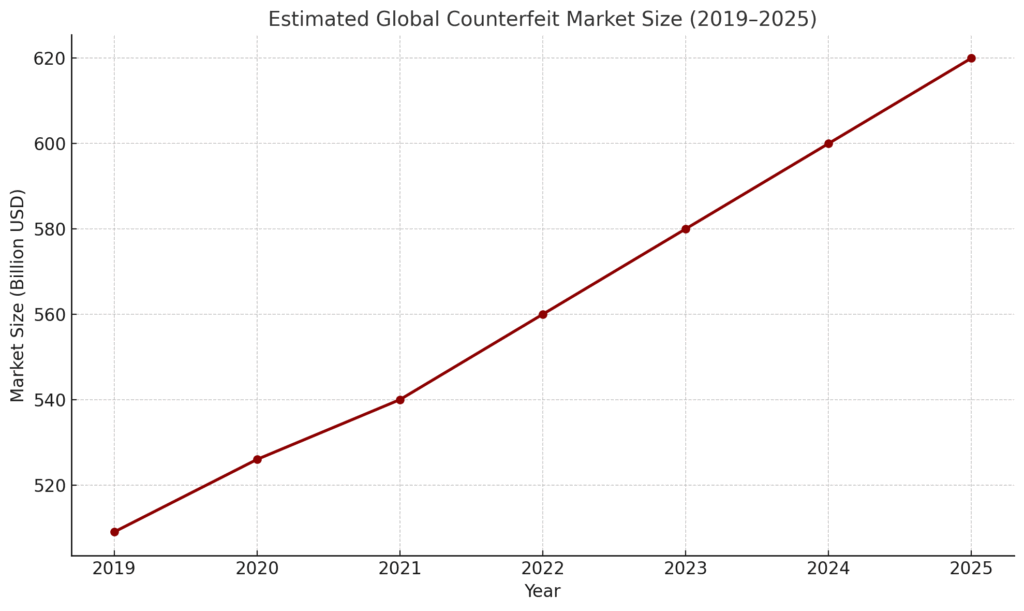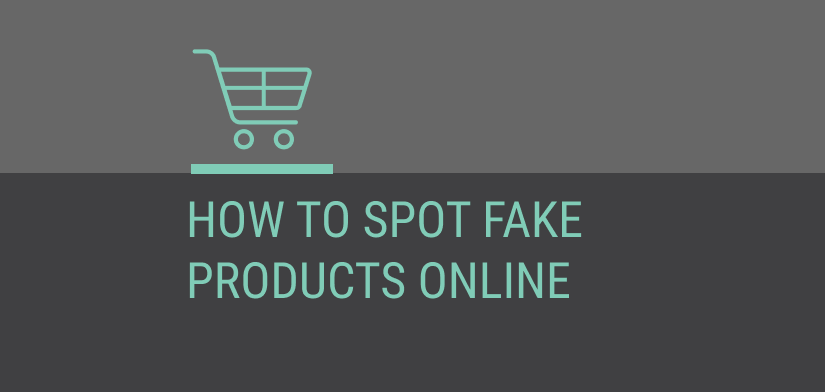How to Spot Fake Brand Products Online
The rise of e-commerce has made it easier than ever to buy what we want, when we want it. But it has also made it easier for counterfeiters to reach us. From fake Nike sneakers and bogus Apple AirPods to counterfeit skincare filled with toxic ingredients, consumers are increasingly at risk of buying fraudulent products without even realizing it.
These are not just harmless lookalikes. Counterfeit goods are often dangerous. They can put your safety at risk, waste your money, and damage the reputation of the brands you trust. And now, with the growth of dupe culture on platforms like TikTok and Instagram, spotting a fake has become more complicated than ever.
So how can you protect yourself and protect your brand? This guide explores the counterfeit economy, the psychology behind the appeal of fake goods, and, most importantly, how to spot fakes online before they reach your doorstep.
The Anatomy of a Fake Product
Counterfeit goods are not new, but the internet has given them unprecedented reach. A fake product is an item that is intentionally designed to look like a genuine branded product. It usually mimics the brand name, logo, packaging, and design in order to deceive consumers.
Fake products are not just low-quality versions of the real thing. In many cases, they pose real risks. Counterfeit cosmetics may contain banned chemicals. Fake electronics can overheat or catch fire. Imitation pharmaceuticals may contain the wrong ingredients or no active ingredients at all.
According to the OECD, counterfeit and pirated goods accounted for 3.3 percent of global trade in 2019, totaling around 509 billion US dollars. In the United States alone, customs officials seized over 26,500 shipments of counterfeit goods in 2020, with an estimated retail value of 1.3 billion dollars.
This is not a fringe issue. It affects every sector, from fashion and electronics to pharmaceuticals and personal care.
Dupe Culture and the Blurring of Lines
The term “dupe” has become popular across social media. Short for “duplicate,” it refers to a cheaper alternative that looks or performs like a higher-end product. Dupe culture celebrates the idea that you can get the same look or feel as a luxury item without paying luxury prices.
But there is a fine line between a dupe and a fake. A dupe may be inspired by the design or functionality of a branded product, but it does not attempt to deceive the buyer into thinking it is the original. A fake, on the other hand, uses the brand’s logo and other elements to trick you into believing it is the real thing.
This distinction has become harder to make as counterfeiters use social platforms to push products that they label as dupes but are actually full counterfeits. According to a recent consumer survey, more than one in four consumers have unintentionally purchased a counterfeit item online.
Among younger shoppers, the trend is even stronger. A Klarna survey from 2023 found that 63 percent of Gen Z shoppers search for dupes on TikTok or Instagram before making a purchase.

How to Spot Fakes Online: Red Flags to Watch
Learning how to spot fakes is essential for today’s consumers. While counterfeiters are becoming more sophisticated, there are still clear warning signs that can help you protect yourself and protect your brand.
1. Prices That Are Too Low
If a product is being offered at 70-90% below the retail price, that is a major red flag. While discounts do exist, especially during sales or at outlet stores, prices that seem unusually low often signal a fake.
Check the brand’s official website and compare prices across trusted retailers. You can also use browser tools that track price history to see what the item typically sells for.
2. Suspicious Sellers and Stores
Marketplaces like Amazon, eBay, and AliExpress host millions of third-party sellers. While many are legitimate, others are not. Avoid sellers with no reviews or only vague positive feedback. Be cautious of stores with recently created profiles or incomplete seller information.
Also beware of websites that mimic official brand sites. Fake sites often use similar names, such as “brandname-shop dot com” or “officialbrandoutlet dot net.”
3. Poor Quality Photos and Descriptions
Reputable brands use high-quality images and polished product descriptions. If you see blurry images, inconsistent branding, or poor grammar in the descriptions, proceed with caution.
Watch for small misspellings in brand names, unusual color options, or vague product specs. These often point to fakes.
4. Missing or Incomplete Website Information
A trustworthy e-commerce site should have basic security features such as HTTPS (look for the padlock icon in your browser), as well as clear return policies, a privacy policy, and full contact information. Scam sites often skip these details.
If you cannot find a way to contact the seller or customer support, do not proceed with the purchase.
5. Risky Payment Methods
Sellers that only accept wire transfers, cryptocurrency, or peer-to-peer payment methods like PayPal Friends and Family should be avoided. These offer no buyer protection and make it hard to recover your money if something goes wrong.
Stick to credit cards and reputable payment gateways that offer dispute resolution.
6. Generic or Overly Positive Reviews
If every review says the product is “great” without offering any details, the reviews may be fake. Many counterfeit sellers post their own reviews to boost credibility.
Want to protect your brand from counterfeit threats?
BrandShield offers complete solutions for detecting and removing online fakes. Learn more at brandshield.com
How Brands Are Fighting Back
Brands have started investing heavily in online brand protection tools to combat the growing threat of counterfeits. Advanced platforms like BrandShield use artificial intelligence such as AI.ClusterX to detect and remove fake listings across marketplaces, social media, and rogue websites.
These systems scan the internet for logo misuse, fake domains, and impersonation attempts. They combine AI with human analysis and enforcement support to ensure that brands are not being exploited.
In addition, some brands are using blockchain, NFC tags, and QR codes to verify product authenticity. These technologies make it easier for consumers to confirm that what they are buying is the real thing.
The fashion industry alone is expected to lose over 50 billion dollars per year to counterfeits by 2030. That is a powerful incentive to stay ahead of counterfeiters using every tool available.
Why This Matters More Than Ever
Counterfeit goods are not just a threat to luxury brands. They affect all of us. They endanger consumers, damage businesses, and support illegal activities. And with the rapid growth of e-commerce and social commerce, the problem is only getting worse.
Knowing how to spot fakes is no longer optional. It is a basic skill every online shopper should have.
So next time you see a designer bag at a suspiciously low price or stumble on a skincare deal that seems too good, pause and take a closer look. Check the site, the seller, the reviews, and the return policy. Trust your instincts. If it feels off, it probably is.
Want to protect your brand from counterfeit threats?
BrandShield offers complete solutions for detecting and removing online fakes. Learn more at brandshield.com
